Affiliate links on Android Authority may earn us a commission. Learn more.
The Xiaomi Mi 8 is the iPhone X clone nobody wanted: How did we get here?
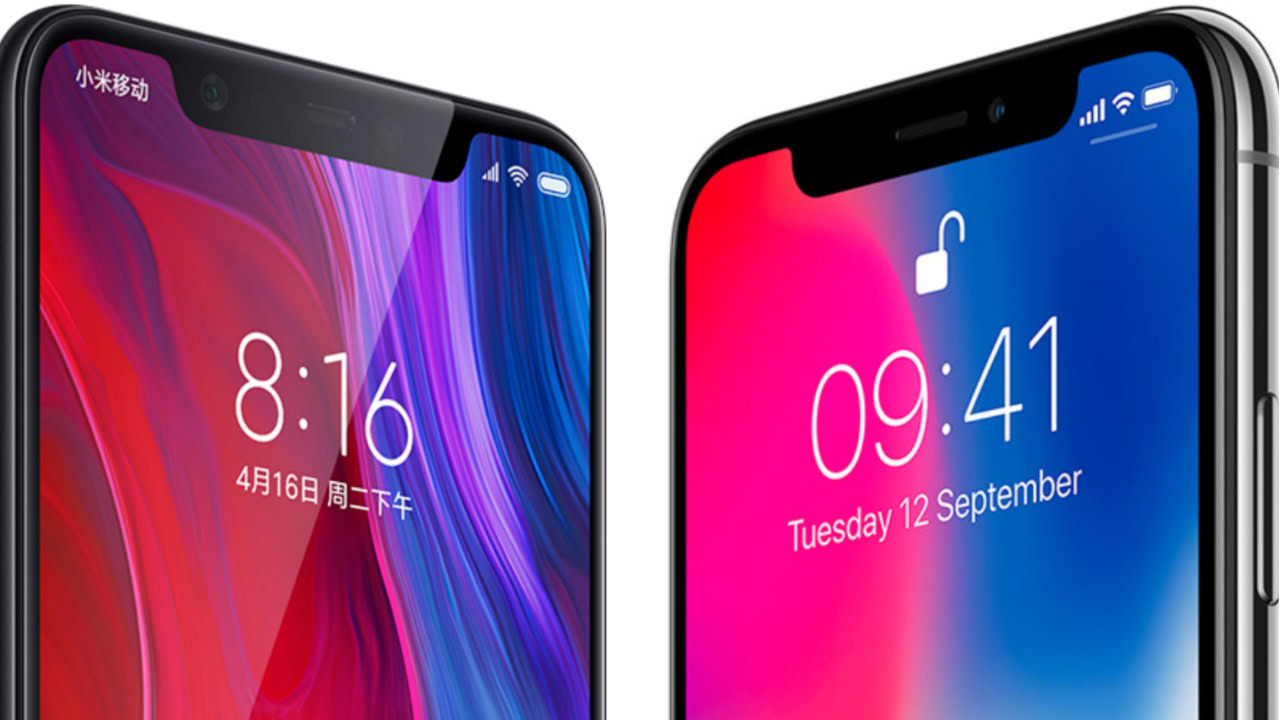
It’s not a new idea. Many features have been written on the subject of stagnation in the smartphone market — plenty from this website alone. Photos are getting sharper, displays are getting brighter, and batteries are charging faster. But if you look at what’s changed from 2013’s handsets (like the Samsung Galaxy S4) and today’s phones, we know, we can feel, that it’s all incremental at best. So why are we having the discussion again?
Because, Xiaomi.
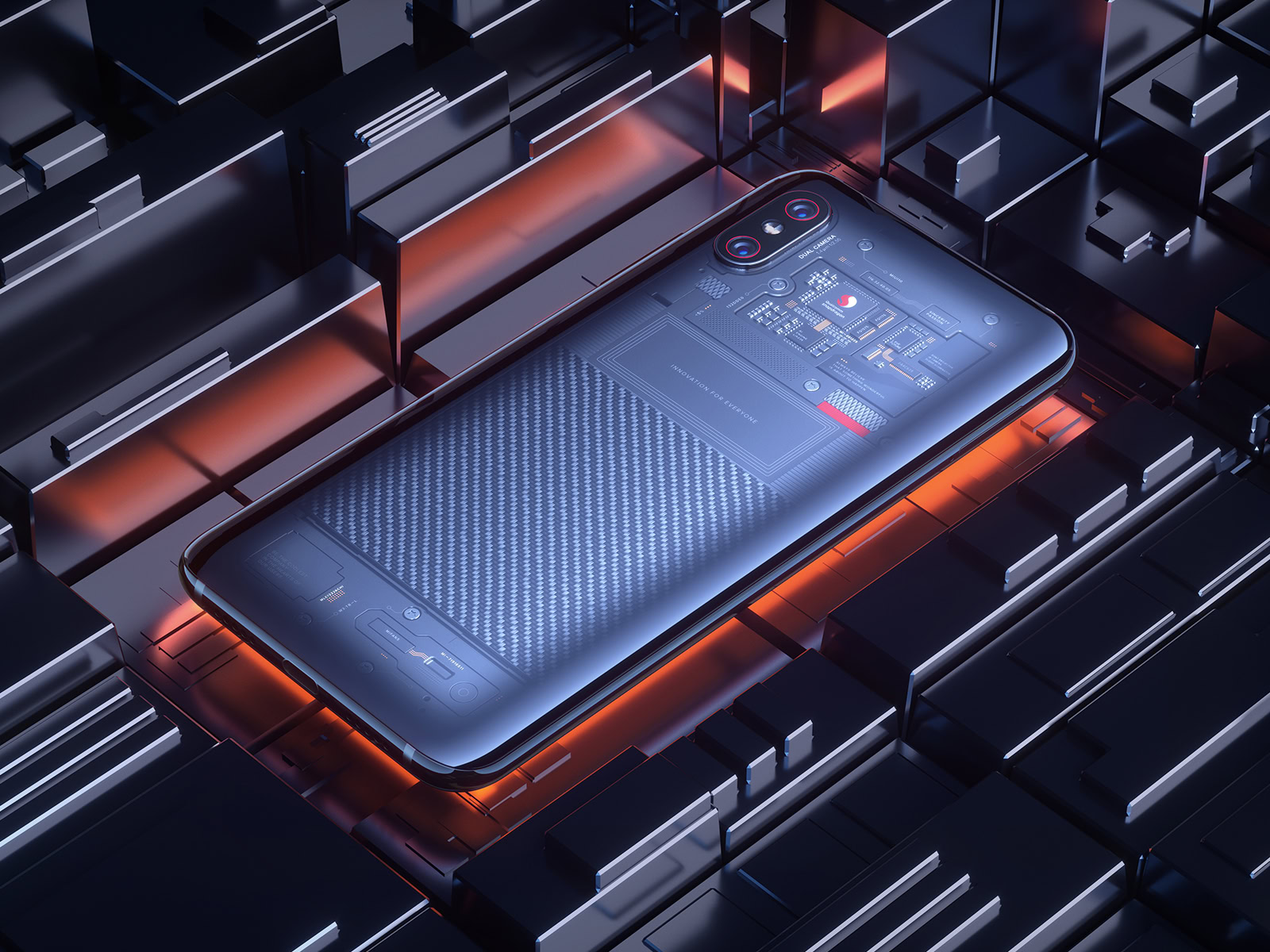
Xiaomi has built a fervent following thanks to clever marketing, uncompromisingly low prices, and innovative products like the Mi MIX series. Three days ago, the Chinese manufacturer filed to go public. Soon, it will be responsible to investors seeking returns on their money.
Read Next: See how the Mi 8 ranks on the best Xiaomi phones list
With Xiaomi’s latest smartphone launch, the Xiaomi Mi 8, it took a shrewd, if predictable, step towards proving long-term profitability: it released a faux-iPhone.
I’m just going to leave this here. pic.twitter.com/BCMTWnU1Vy— Neil Cybart (@neilcybart) May 31, 2018
The Mi 8 launched with more blatant similarities to the iPhone X, in terms of both features and design, than any other major Android phone to date. Rather than invest in original ideas, Xiaomi poured its resources into making a sufficient, less-costly alternative to U.S. powerhouse Apple’s latest flagship.
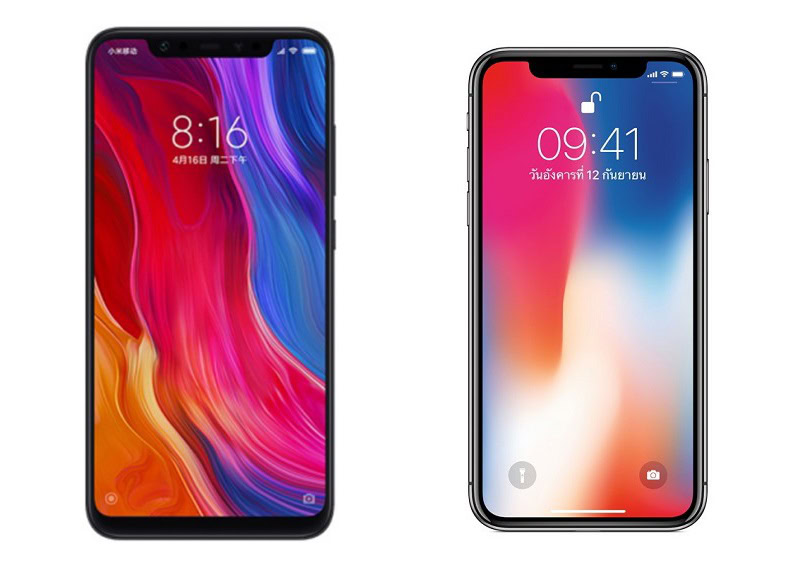
That magical eighth anniversary
The Xiaomi Mi 8 and iPhone X have:
- Almost the same shape.
- Rear facing, double cameras, separated by the flash, at the top-left side.
- A wide notch.
- Similar speaker grill and charge port design on the bottom of the device.
- The same left-to-right, red-to-blue color-splash wallpaper in marketing materials.
- 3D Face unlock capabilities.
- Animated emojis that track facial expressions.
- In some cases, near identical marketing materials (see the tweet at the top).
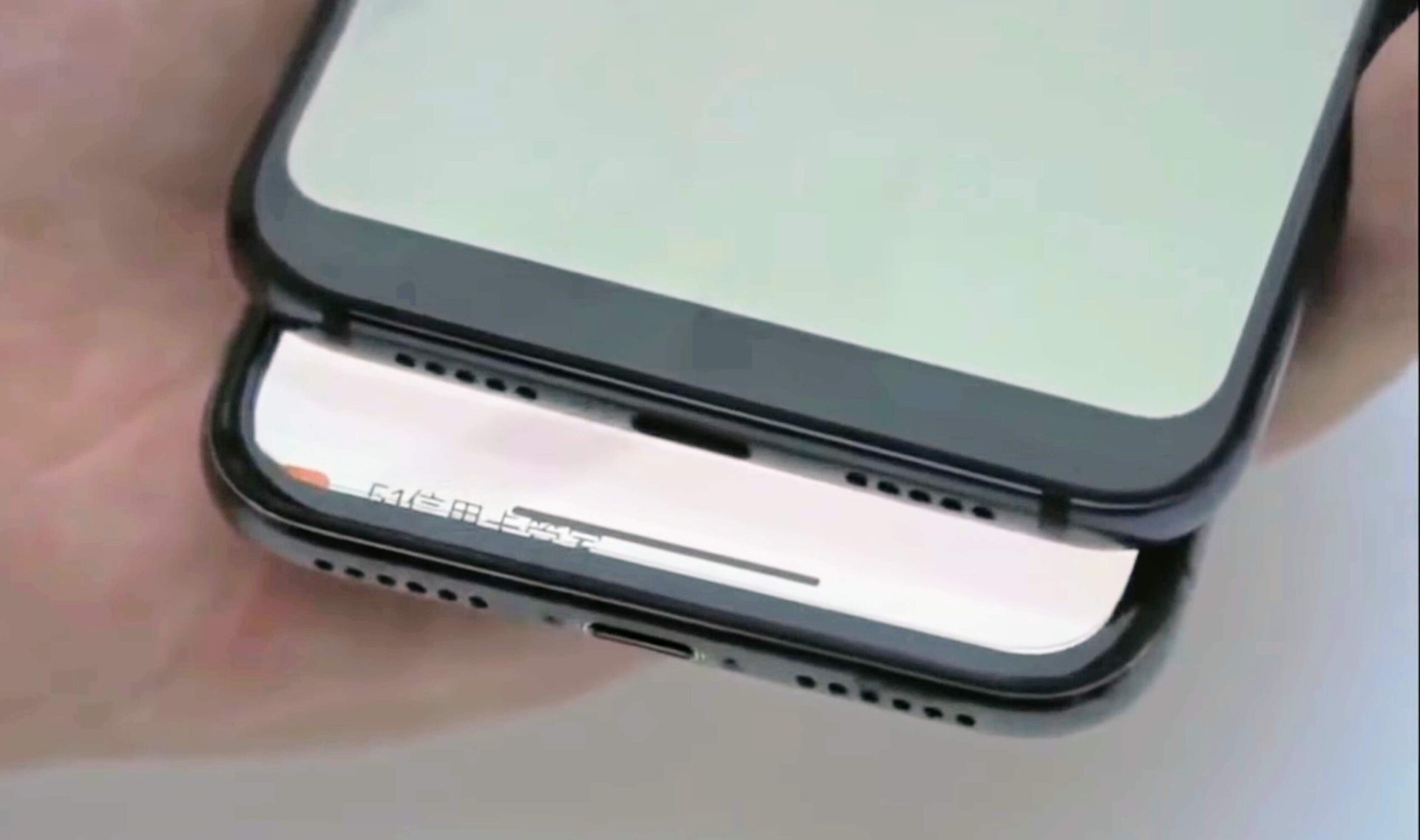
Beyond software and hardware comparisons, Xiaomi even chose a naming convention that evokes the iPhone X. The company eschewed the anticipated Mi 7 moniker (following the Mi 6) to deliver the “eighth-anniversary edition” Mi 8. Like Apple’s iPhone X celebrated the tenth anniversary of the iPhone, Xiaomi chose to celebrate its eighth year in business with its latest flagship.
Except nobody celebrates eighth anniversaries.
We have no proof that Xiaomi has purposefully and knowingly emulated Apple on these scores — or in launching a smaller, cheaper Mi 8 SE variant, like the iPhone SE. We can only note similarities. Typically, when we do so, someone will present us with the “there’s only so many smartphone designs possible” argument. So, here’s a photo of the Nextbit Robin, displaying all of its non-iPhone-like qualities:

Standing on the toes of giants
Here’s the thing: businesses copy other businesses all the time, in every industry. But there are degrees of “borrowing of ideas,” and, on this score, Xiaomi is at the far end of the scale where influence can be easily mistaken for a wholesale blueprint.
We are at this point not just because Android manufacturers are under increasing pressure to turn profits on products sold at low margins (and therefore must rely on “safe bets”), but also because they’re lacking means to innovate in the current technological climate.
In 2017, the smartphone industry had reached such a technological ceiling that (purely aesthetic and inconsequential) animations of our faces became a standout feature. More than half a year later, Xiaomi has managed to reach the same astounding heights(!)


With the Mi 8, Xiaomi hasn't said, 'here is a better iPhone X,' but rather, 'here is another iPhone X.'
What room there was for experimentation in smartphones is almost depleted, along with the incentive. Why would a company risk doing something different when it could (almost) guarantee sales following in another’s footsteps? Offering a best-selling product equivalent, at an even better price.
For a relevant comparison from another industry, just look at the recent success of Fortnite: Battle Royale, a free-to-play title that provided the hook of PlayerUnknown’s Battlegrounds, without the premium price tag.
None of this is to say the iPhone X is a “better” product than the Mi 8; Xiaomi may have refined the iPhone X’s winning formula. But if it has, it’s done so in the most painfully unambitious way possible. It hasn’t said, “here is a better iPhone X,” but rather, “here is another iPhone X.”
The Mi 8 highlights the industry’s trend towards conformity and conservatism. Flagship smartphones no longer stand on the shoulders of their predecessors, they just mill around beside them with their eyes closed, treading on their toes.
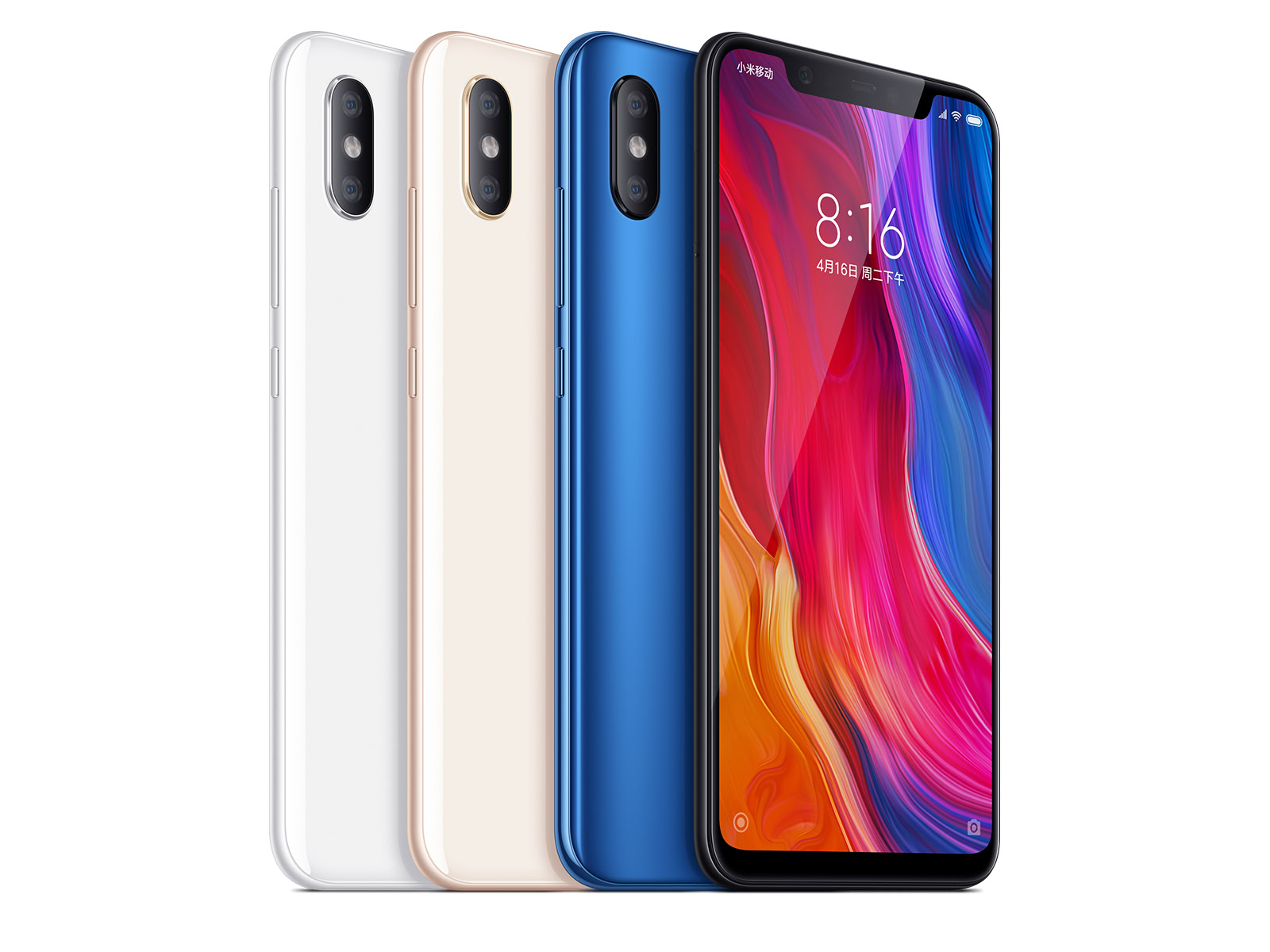
Wrap-up
When you’re part of a stagnating industry with nothing new to offer, your second best option is to offer what’s popular.
I don’t wish to trash your favorite team, here. My quibble isn’t with Xiaomi, or the Mi 8 for that matter. We’ve seen this scenario many times this year and in years previous. Xiaomi, by all accounts, hasn’t failed to make a competent smartphone either. The Mi 8 is just the latest, most obvious, and for many, most egregious example of the “follow the leader” spirit that currently defines an industry trending towards iteration over invention.
We have come to expect copycat products from “nobodies,” where imitation is the only tool they have. From a company as big and inventive as Xiaomi has become, though, it’s a great shame.
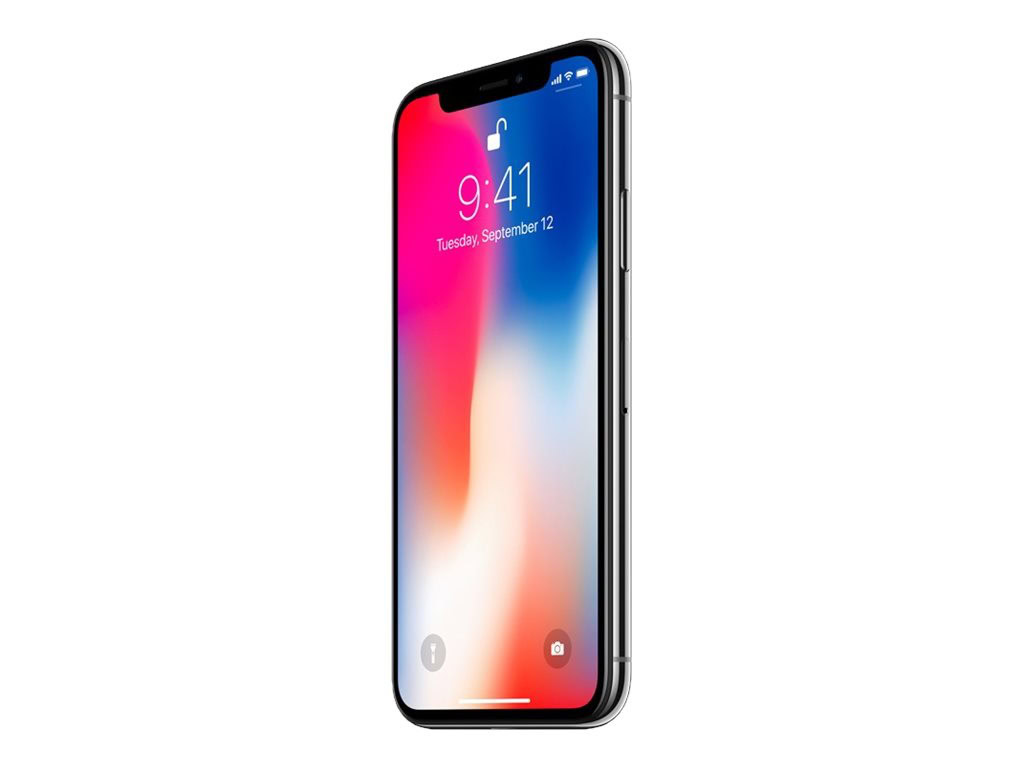
As long as consumers buy the Mi 8 in droves, as long as it proves lucrative, Xiaomi is likely to continue manufacturing phones with similar ideals. Other OEMs will do the same. When you’re part of a stagnating industry with nothing new to offer, your second best option is to offer what’s popular.
That’s the iPhone X right now, and until someone manages to outdo it, rather than redo it, it’s going to stay that way. And we’ll all have to live with it.